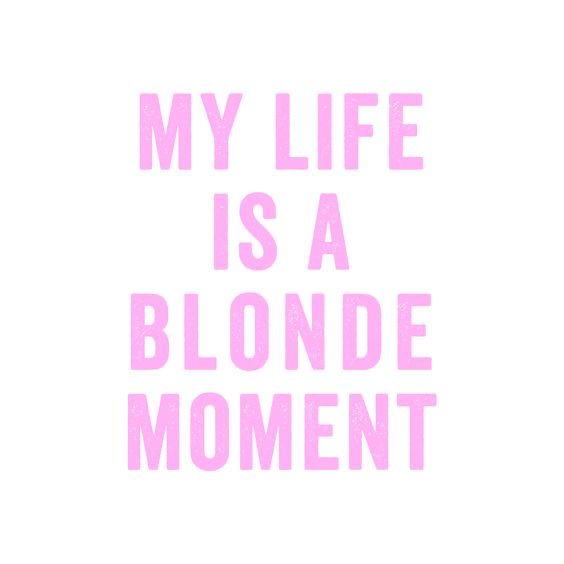Skeletal
Cards (213)
- What is the task in the skeletal lesson?
- What are the main bones to label in the skeletal lesson?
- What are the types of bones mentioned in the study material?
- How are long bones characterized in terms of structure?
- What are the functions of long bones?
- What is the structure of short bones?
- What is the function of short bones?
- What is the structure of flat bones?
- What are the functions of flat bones?
- What is the structure of sesamoid bones?
- What are the functions of sesamoid bones?
- What is the structure of irregular bones?
- What is the function of irregular bones?
- What are the five types of bones?
- What type of bone is described as almost square shaped and designed for strength and weight bearing?
- What is an example of a short bone?
- How does the shape of the vertebrae help its function?
- What type of bone is the vertebral column?
- What type of bone is the humerus and how is it described?
- What bone has the main function of protection and give two examples of that type of bone?
- What type of bone is enclosed in a tendon and what bone belongs in that category?
- What are the functions of the skeletal system?
- What is the primary focus of the study material?
- How does the structure of a joint impact movement?
- What are the different types of joints and their movement capabilities?
- What is the function of articular cartilage?
- What does the medullary cavity contain?
- What is the growth plate and its significance?
- What is the name of the long shaft of the bone?
- Why is the medullary cavity important in sports?
- What are the definitions of bony landmarks?
- How would you identify a condyle based on its description?
- What is the significance of bony landmarks in anatomy?
- What questions should you reflect on after an exam?
- Why is it important for a marathon runner to have a medullary cavity?
- What is the task in the Skeletal Lesson 2?
- What are the main bones to label in the Skeletal Lesson 2?
- What are the types of bones mentioned in the study material?
- What are the characteristics and functions of long bones?
- What are the characteristics and functions of short bones?
See similar decks
6.3 Skeletal Muscles
AQA A-Level Biology > 6. Organisms Respond to Changes in Their Internal and External Environments111 cards6.3.1 Structure of Skeletal Muscle
AQA A-Level Biology > 6. Organisms Respond to Changes in Their Internal and External Environments > 6.3 Skeletal Muscles55 cards7.1.1 Structure of Skeletal Muscle
Edexcel A-Level Biology > Topic 7: Run for Your Life > 7.1 Musculoskeletal System94 cards7.1.1 Structure of Skeletal Muscle
Edexcel A-Level Biology > Topic 7: Run for Your Life > 7.1 Musculoskeletal System96 cards1.1.2 Functions of the skeleton
AQA GCSE Physical Education > 1. Applied anatomy and physiology > 1.1 The structure and functions of the musculoskeletal system37 cards1.1.2 Functions of the skeleton
GCSE Physical Education > 1. Applied anatomy and physiology > 1.1 The structure and functions of the musculoskeletal system44 cards6.3.2 Mechanism of Muscle Contraction
AQA A-Level Biology > 6. Organisms Respond to Changes in Their Internal and External Environments > 6.3 Skeletal Muscles56 cardsSkeleton System
Skeletal System21 cardsSkeletal
84 cardsSkeletal
22 cardsskeletal
16 cardsSkeletal
Anatomy69 cardsSkeletal
70 cardsMuscular
91 cardsSkeletal
Anatomy67 cardsSkeletal
70 cardsAppendicular skeleton
THE SKELETAL SYSTEM💀7 cardsAxial Skeleton
THE SKELETAL SYSTEM💀4 cardsAreas of the skeleton
Skeletal System3 cardsskeletal system
100 cardsSkeletal muscle
58 cards
